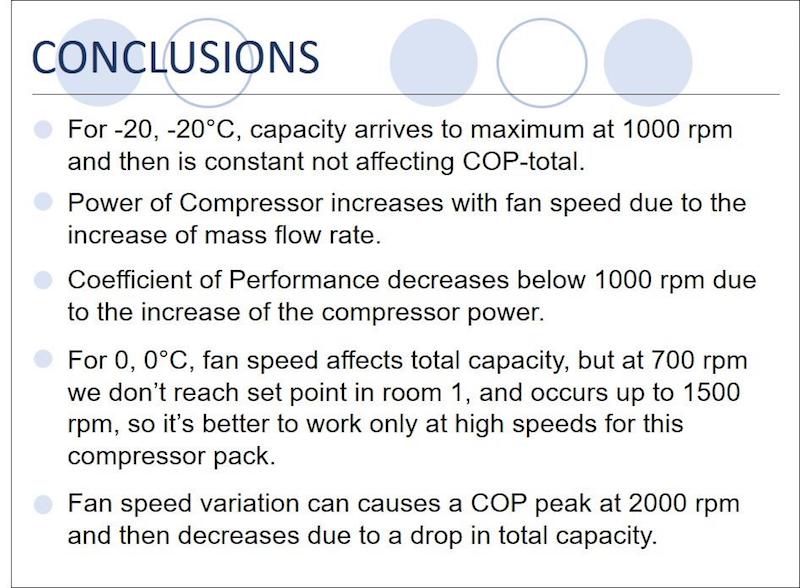Death by PowerPoint
Episode #1 of the course Presentations: Making slides that work by Barry Brophy
People have a terrible fear of presentations, and most presentations are terrible. But they don’t have to be. Over the last 20 years, I have been helping people use their conversational skills to make presentations; it is really that simple. This course will show you how to do this by focusing on the most contentious presentation issue of all: visual aids. By the end, you will see that slides are not a chore, but a visual opportunity.
Visual aids are also one of the easiest things to put right. You don’t need years of nerve-racking public speaking experience to change your slides. And when you design visual aids properly, not only does it make your content more interesting, it frees you, the speaker, to make a better connection with the audience.
So, What Is Wrong?
The slide below is from a real presentation, although the information has been changed. The images are far too small and not sequenced or grouped in any meaningful way, and the dominant feature is text: 128 words taking up 60% of the space. This is invariably the case: bullet-points rule.

In the next example, there is no visual content at all.

Slides like this are not uncommon. We are all familiar with the expression, “death by PowerPoint,” but given that we attend far more presentations than we give, it is hard to understand why presenters fill their presentations with bullet points when they’ve been so bored by them in other presentations. It’s “death by PowerPoint,” but why does it happen?
The Reasons People Use Bullet Points in Presentations
As I see it, there are three reasons people are so obsessed with bullet points:
1. Bullets as prompt. Bullet points act as a prompt for the presenter. This is helpful for the speaker but not the audience. Why would they want to see the speaker’s guide notes on the screen? Also, it leads the presenter into a damaging cycle. The more text you put on the screen, the more you need to read that text to remind you what you put there in the first place. The act of having a prompt begets the need for one, if you think about it.
The most extreme example of this I encountered was a philosophy postgraduate student who, at a conference, read out his paper, word for word. He told me that his topic was so complicated and required such precise explanation that he had to write everything down or he would lose his train of thought. The obvious counter-argument to this is that if he needed such a precisely crafted script to allow him, the expert, to follow his own argument, what chance did the audience have of following it?
2. Bullets as plan. The second reason for bullet points is that people plan their presentations in PowerPoint. Often, I hear presenters say things like, “I have ten minutes, so I’ll have ten slides: one on introduction … two on this … one on that … etc.” This approach can only result in a brain-dump of bullets, not a well-structured presentation.
You can understand why this happens. A presentation is like an exam: The instant before you start to speak, you have nothing to show for your efforts and everything may yet go wrong. By writing words on slides, you are latching them in place, and you can be sure that the presentation will progress in a precise order, which is greatly reassuring. The downside is: Your presentation will be awful.
3. Bullets as notes. The third reason for this hail of bullets is the tendency for companies to use PowerPoint “slide decks” (dreadful expression) as documents. This is very damaging, as the slides become like mini reports, which cannot be interesting in the live presentation.
So, if you look at these three reasons for bullet points, you’ll realize that they perform functions before, during, and after the presentation. Before the presentation, PowerPoint is a plan; during the presentation, it is a prompt; after the presentation, it is a document. But although these are valuable functions for the presenter, none aid the audience. And you could probably throw in a fourth reason why people fill their slides with text: They see other people doing it. Which is the worst reason of all.
But if slides shouldn’t be just bullet points, what should they be? We will start to explore these visual alternatives tomorrow.
Recommended video
Bullet Points in the Real World: Weather Forecast Example
Recommended book
Awful Presentations: Why We Have Them and How to Put Them Right by Barry Brophy
Share with friends

